Your Guide to Making Perfect Vodka Drinks (It’s All About Technique)
I’ve spent more years than I can count behind a professional bar, making literally thousands of cocktails. I’ve seen brand-new apprentices who could barely hold a shaker grow into absolute masters of the craft. And I can tell you the one thing that separates a so-so drink from a truly great one isn’t some secret recipe. It’s all technique. Nowhere is that more true than with vodka.
In this article
Let’s be real, vodka is basically a blank canvas. By design, it’s a neutral spirit, which means it has nowhere to hide your mistakes. A poorly made vodka drink is just… a watery, unbalanced mess. But when you get the technique right? That same spirit becomes the clean, crisp foundation for something incredible.
My goal here isn’t to just throw a bunch of recipes at you. I want to teach you the ‘why’ behind the ‘how’. When you understand the craft, you can stop copying and start creating.
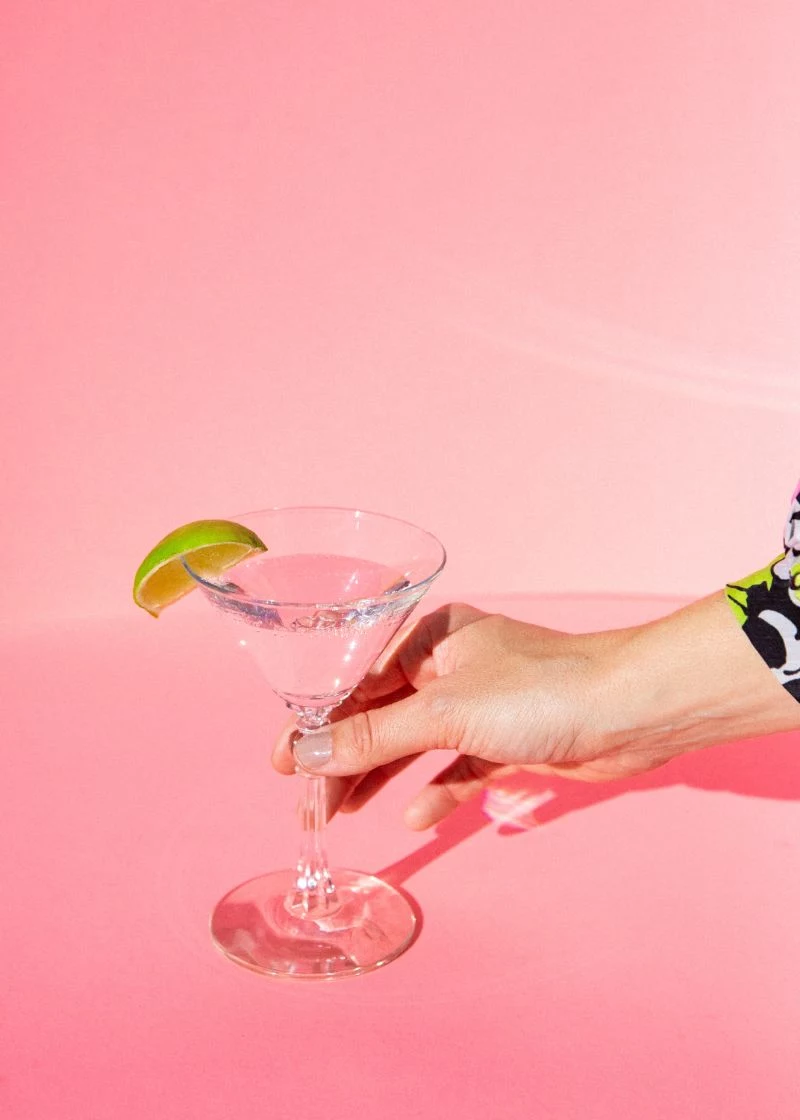
Part 1: The Building Blocks of a Great Drink
Before you even think about pouring a drop, you need to get the fundamentals down. Making a great cocktail is a mix of art and science. If you nail the science part, the art gets a whole lot easier. We’re talking about three pillars: temperature, dilution, and the quality of your ingredients.
The Secret Ingredient: Ice (No, Really)
Most people at home think ice is just there to make a drink cold. In a professional bar, ice is treated as the most important ingredient in the glass. It controls both temperature and dilution, which completely change how a drink tastes and feels.
For starters, your cocktail needs to be cold. Seriously cold. The pros aim for a final temperature somewhere between 23°F and 41°F. At that temp, the harsh bite of the alcohol softens, and all the flavors meld together beautifully. The easiest way to get there? Chill everything! Your spirits (yep, keep your vodka in the freezer), your mixers, and especially your glassware. A room-temperature glass can warm up your perfectly made drink in seconds. Just fill it with ice and water while you mix.
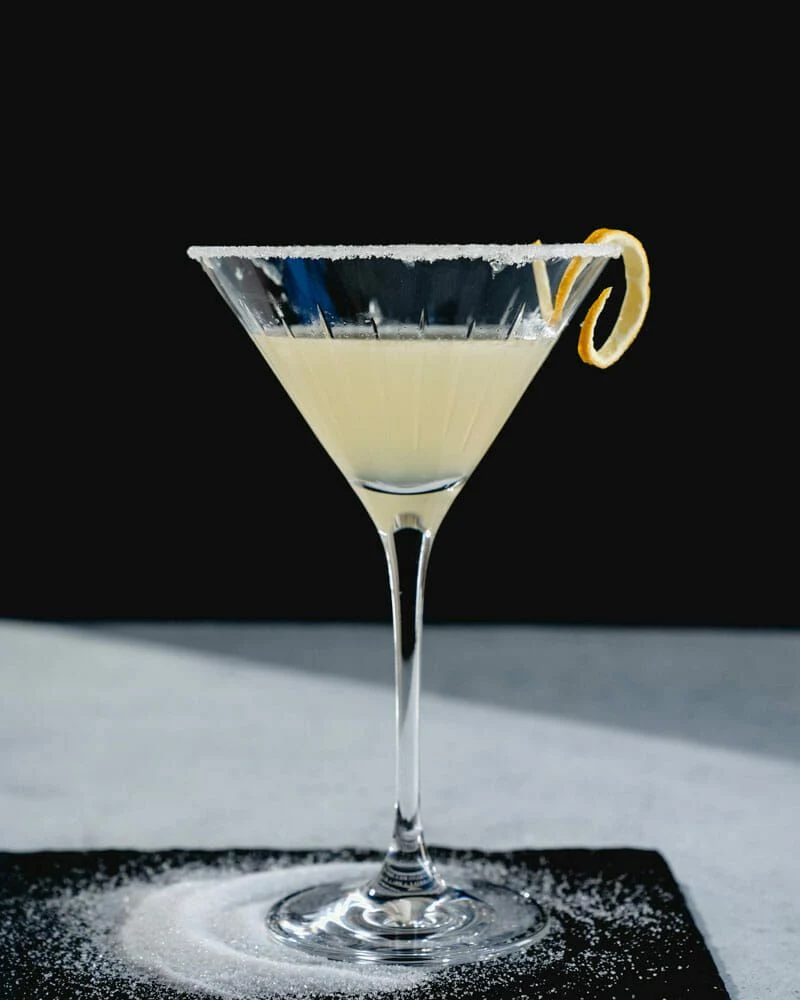
Then there’s dilution. As you shake or stir, the ice melts, and that water is essential. It opens up the flavors and balances the intensity of the sugar and citrus. Too little dilution, and your drink is harsh and boozy. Too much, and it’s weak and watery. You’re aiming for about 20-25% of your final drink to be melted ice water. A good rule of thumb is a hard shake for 12-15 seconds, or a smooth stir for 20-30 seconds.
Oh, and a quick pro tip: The automatic ice from your freezer is fine to start with, but it’s often small and melts too fast. For next-level drinks, grab a simple silicone mold for large 2-inch cubes. They melt slower, giving you way more control.
How to Pick Your Vodka
So, does expensive vodka actually make a better drink? Honestly, it depends. For cocktails with a lot of bold flavors, like a Moscow Mule or a Bloody Mary, a solid, clean, mid-range vodka is all you need. Look for bottles in the $20 to $30 range that are known for clean distillation. They provide the boozy kick without getting in the way.
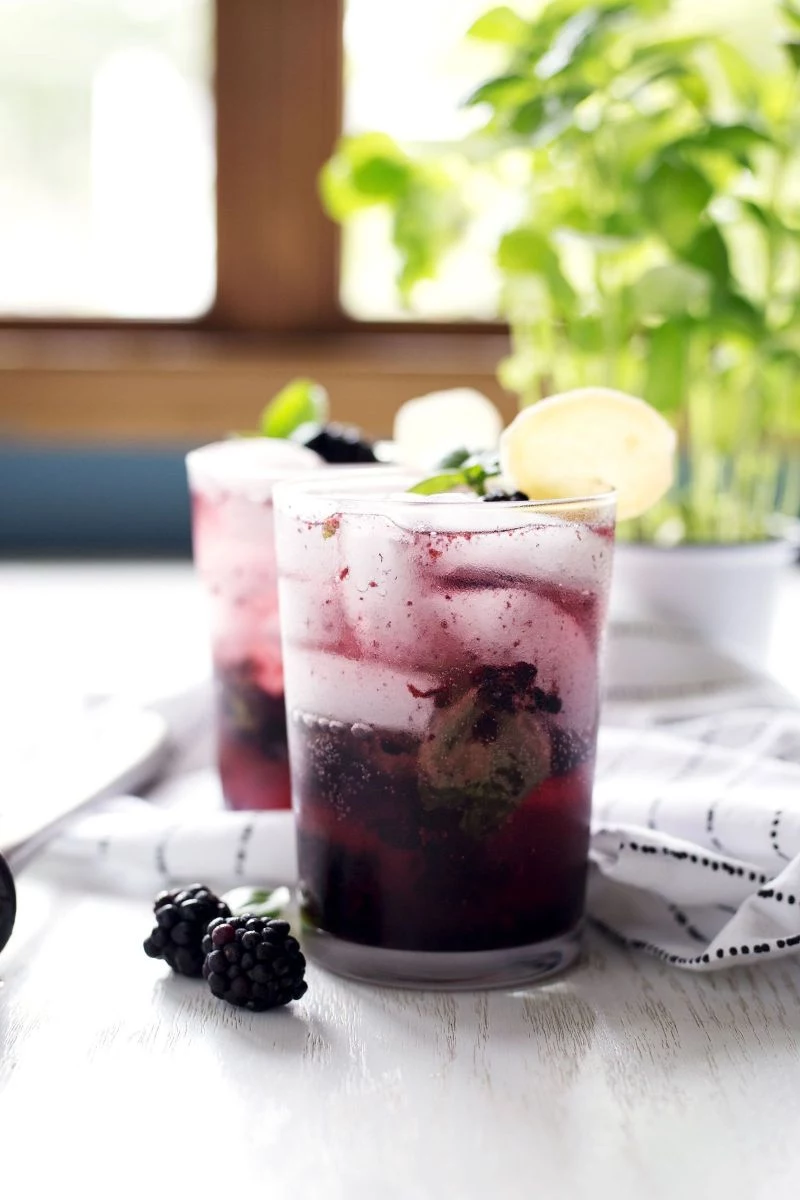
But for a spirit-forward drink like a Vodka Martini, the vodka is the star of the show. This is where spending a little more, maybe in the $35 to $45 range, can make a huge difference. You’ll notice vodkas in this category often talk about their ‘mouthfeel.’ Some potato-based spirits have a creamy, rich texture, while some rye-based ones have a subtle, spicy finish. These nuances are what can elevate a simple drink from good to great.
Building Your Home Bar Starter Kit
You don’t need a ton of fancy gear, but the right tools make a world of difference. Here’s a quick rundown of what you actually need and what you should expect to pay:
- Shaker: The pros swear by the Boston shaker (a metal tin and a mixing glass, about $15-$25). It gives a better seal and more room for the ice to work. Most homes have the three-piece Cobbler shaker with the built-in strainer. It works, but they can freeze shut. Quick tip: If your Cobbler shaker gets stuck, just run the top under warm water for a few seconds to loosen it.
- Jigger: Please, measure your ingredients! A quarter-ounce can throw off the whole drink. A good Japanese-style jigger with multiple measurement lines is fantastic and costs around $10. Kitchen Hack: No jigger? No problem. A standard US tablespoon is exactly 0.5 oz. A typical shot glass is 1.5 oz. It’s not perfect, but it’s way better than guessing!
- Strainers: You’ll want two. A Hawthorne strainer (the one with the spring, about $8) is for shaken drinks. A small, fine-mesh strainer (like a tea strainer, about $5) is for ‘double-straining’ to catch tiny ice shards and pulp for a silky-smooth texture.
- Bar Spoon: That long, twisted spoon isn’t just for looks. It lets you stir smoothly and quietly. A regular spoon is clumsy and will splash. You can find a good one for under $10.
- Glassware: The right glass isn’t just about presentation; it affects aroma and temperature. Start with some classic rocks glasses and a few coupe or V-shaped Martini glasses. And remember to always, always chill them first!
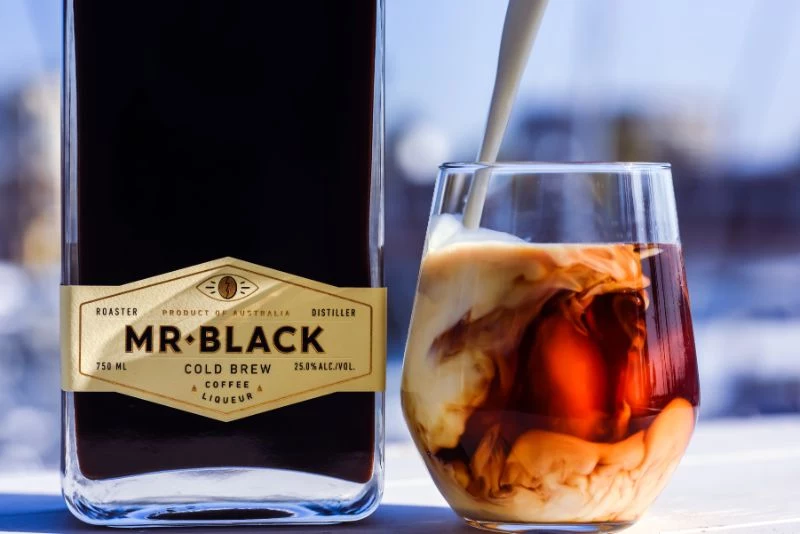
Part 2: The Moves That Matter
With your tools ready, it’s time to get into the physical techniques. These are the skills that take practice to master but make all the difference.
Shaken vs. Stirred: Here’s the Real Rule
Forget what you’ve seen in movies; this isn’t a matter of personal preference. The ingredients in your drink dictate whether you shake or stir. It’s that simple.
You should SHAKE when…
Your recipe includes citrus, fruit juice, cream, egg white, or thick syrups. Shaking does more than just chill and dilute; it aerates the drink, whipping in tiny air bubbles. This creates a light, frothy texture that’s essential for drinks like a Cosmopolitan or a Lemon Drop. You want to shake hard and fast for about 12 seconds until the outside of the shaker is frosty and painful to hold.
You should STIR when…
Your recipe contains only spirits, liqueurs, and bitters. Think Vodka Martini or a Black Russian. The goal here is to get it ice-cold with perfect dilution, but with minimal aeration. You want a heavy, silky, crystal-clear drink. Shaking would make it cloudy and fill it with ice chips. To do it right, fill a mixing glass with ice, add your ingredients, and stir smoothly for 20-30 seconds.
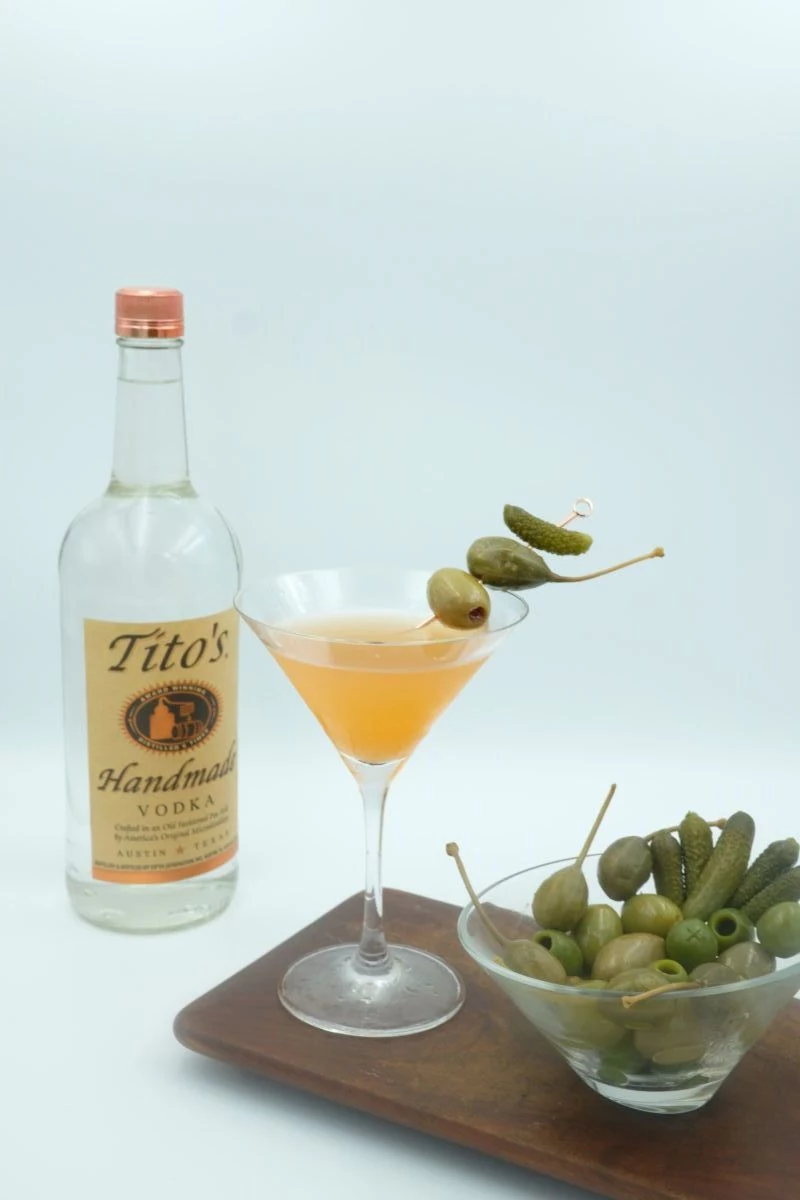
The Power of Fresh Citrus and a Good Garnish
This part is non-negotiable: you must use fresh lemon and lime juice. The bottled stuff is a cocktail killer. It’s often oxidized and full of preservatives, tasting flat and metallic. The difference is night and day.
And the garnish? It’s not just a pretty decoration. A ‘zest’ or ‘twist’ from a citrus peel is a key pro technique. When you squeeze a strip of lemon or orange peel over the finished drink, you release its fragrant essential oils. They float on the surface, so the first thing you smell is that bright, fresh citrus, which completely primes your palate for the first sip.
Two-Minute Simple Syrup
Never, ever buy simple syrup. It’s ridiculously overpriced and takes two minutes to make. The standard recipe is a 1:1 ratio of sugar to water.
Just combine one cup of white sugar and one cup of water in a small pot. Heat it gently, stirring until the sugar is totally dissolved. That’s it. Don’t let it boil. Let it cool, pour it into a sealed container (an old glass bottle works great), and it’ll keep in the fridge for at least a month.
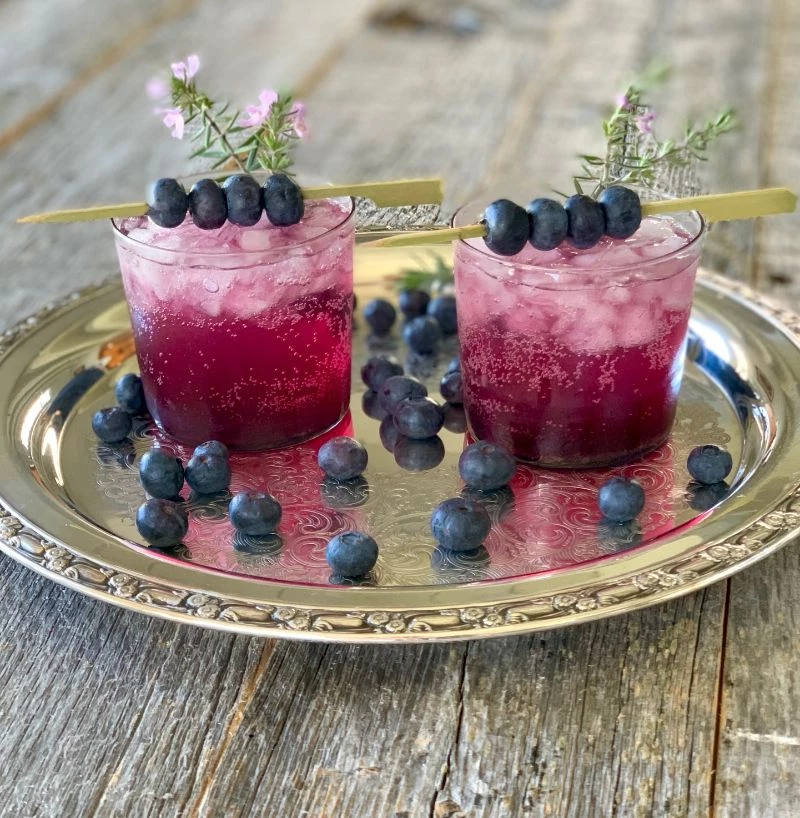
Part 3: Putting It All Together
Okay, let’s use these techniques in a few classic cocktails. Think of these less as recipes and more as practical exercises.
Case Study: The Vodka Martini (A Test of Precision)
This drink is brutally simple, which means it’s incredibly easy to mess up. It’s the ultimate test of your stirring and temperature control. The build is straightforward: 2.5 oz of a high-quality vodka and 0.5 oz of a good dry vermouth. Make sure to keep your vermouth in the fridge after opening it—it’s a fortified wine and will go bad!
Your technique is everything here. First, chill a coupe or Martini glass until it’s frosted. Fill a mixing glass with large, clear ice cubes. Add your vermouth and vodka, and stir smoothly for a full 25 seconds. Strain it into your chilled glass and garnish with a lemon twist (remember to express the oils over the drink first!) or a high-quality olive.
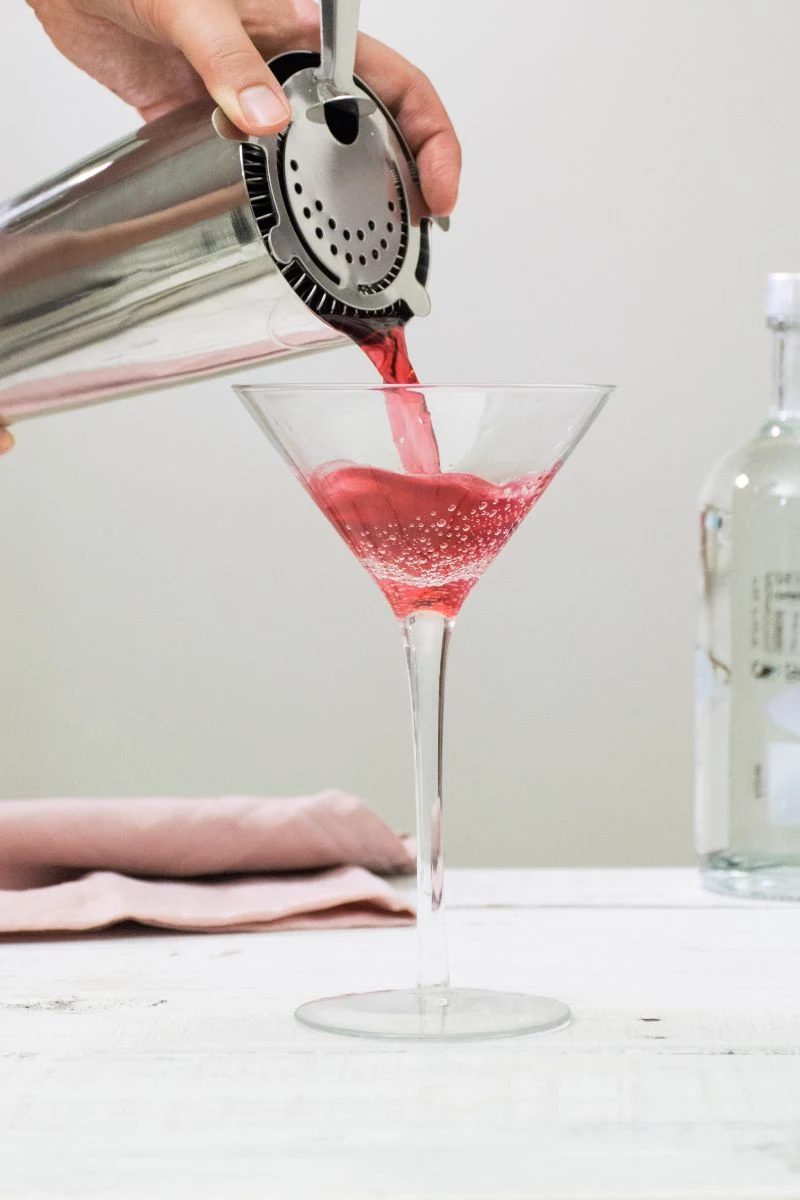
Case Study: The Cosmopolitan (A Lesson in Balance)
The Cosmo got a bad rap for a while, mostly because bars were making it with cheap ingredients and way too much cranberry juice. A properly made one is a sophisticated and delicious sour cocktail. The build: 1.5 oz citrus vodka, 1 oz of a quality orange liqueur, 0.5 oz fresh lime juice, and just 0.25 oz of cranberry juice.
This is a shaken drink that needs aeration. Combine everything in a shaker, fill with ice, and shake hard for 15 seconds. The key here is to double-strain it into a chilled coupe glass. This gets rid of any little ice shards and gives it that professional, silky texture.
Case Study: The Bloody Mary (The Art of Savory Complexity)
The Bloody Mary is more of a concept than a single recipe. It’s personal, but the foundation needs to be solid. A great starting point is: 2 oz vodka, 4 oz high-quality tomato juice, 0.5 oz fresh lemon juice, a couple dashes of Worcestershire and hot sauce, and a pinch of celery salt and black pepper.
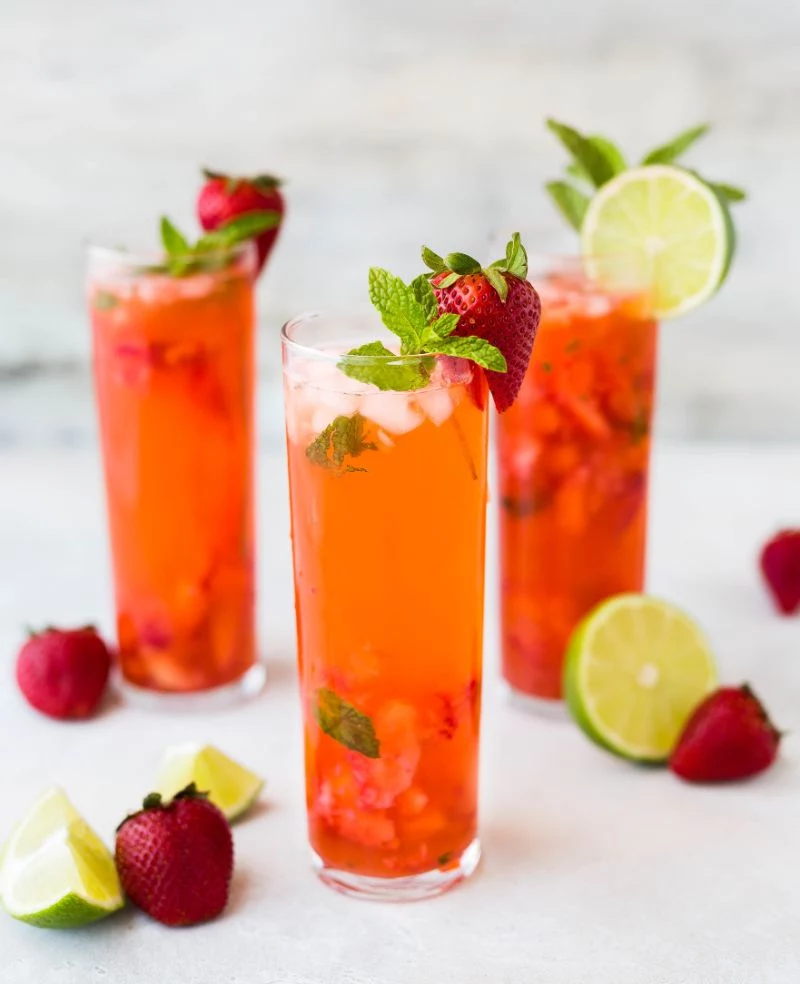
The big mistake is shaking it. Shaking makes tomato juice frothy and weird. Instead, you can ‘build’ it by combining all the ingredients in a tall glass over ice and stirring well. The pro move is ‘rolling’—gently pouring the mix back and forth between two shaker tins without ice before pouring it into your ice-filled glass. This mixes it perfectly without aeration.
Case Study: The Espresso Martini (A Masterclass in Foam)
This drink is famous for that rich, creamy foam on top, but it’s surprisingly technical. That foam is an emulsion, and you need fresh espresso to create it. The crema (the natural oils from the coffee beans) is essential. The build: 1.5 oz vodka, 1 oz coffee liqueur, and 1 oz of chilled, freshly brewed espresso.
This drink requires the hardest shake of them all. You need to emulsify those oils. Seal your shaker tight and shake it like you mean it for a full 15 seconds. Double-strain it into a chilled coupe. No foam? Your espresso wasn’t fresh, or you didn’t shake hard enough. A lesser-known trick is to use the espresso while it’s still hot—just be careful! Heads up: The hot liquid creates pressure, so hold the shaker TIGHT and point it away from you when you open it.
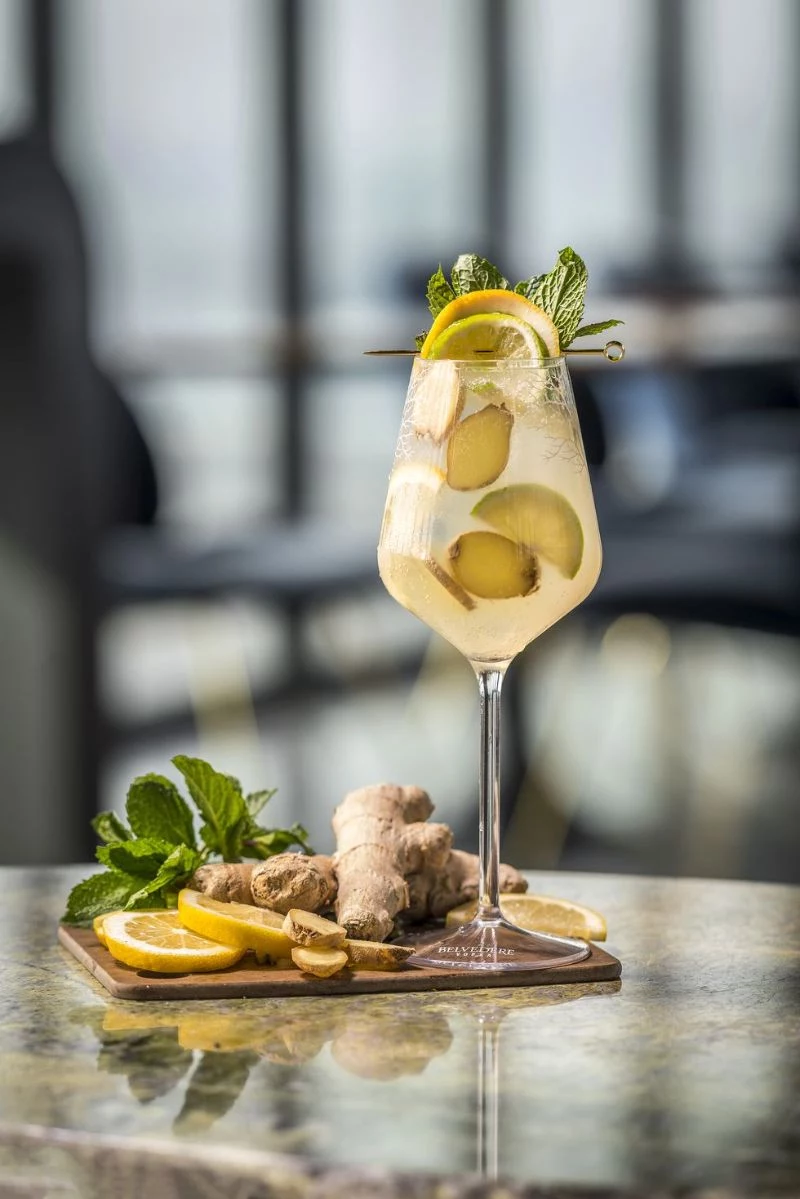
Part 4: Being a Good (and Safe) Host
Mastering the craft is fun, but being responsible is even more important.
I’ll never forget the time I saw an apprentice try to pick a few shards of broken glass out of the main ice well on a busy Friday night. We had to stop service, dump a hundred pounds of ice, and sanitize everything. It’s a nightmare. If a glass breaks anywhere near your ice, you have to throw all of it out. It’s a lesson you only want to learn once.
And, of course, know your limits and make sure your guests do, too. These cocktails are delicious, and it’s easy to overdo it. Always serve water, make sure people have eaten, and ensure everyone has a safe way home. That’s the real mark of a great host.
So, your mission this weekend? Make a proper Vodka Martini. Chill your glass, stir for 25 seconds, and express that lemon peel. You’ll be amazed at the difference technique makes. It’s a craft worth learning, and trust me, the results are always worth it.
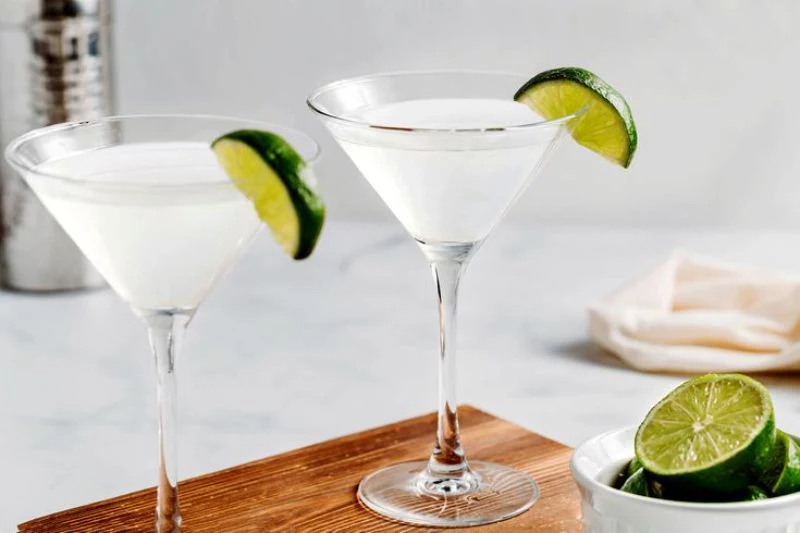
Inspirational Gallery
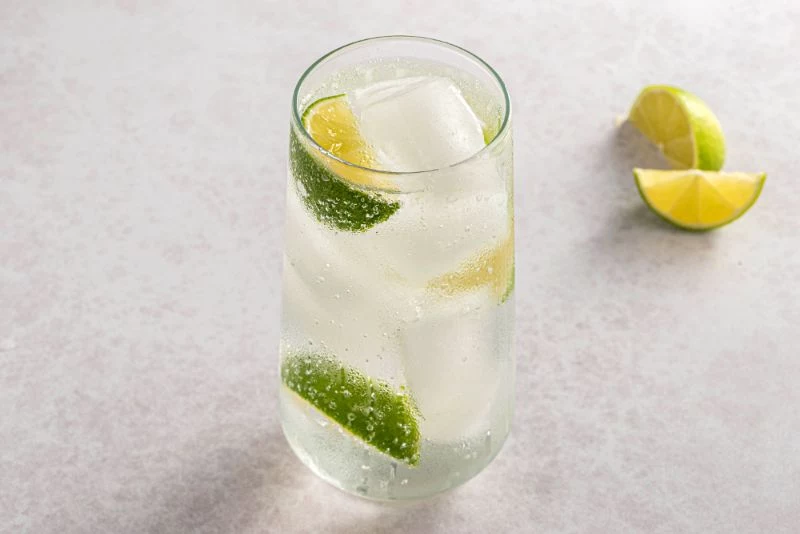
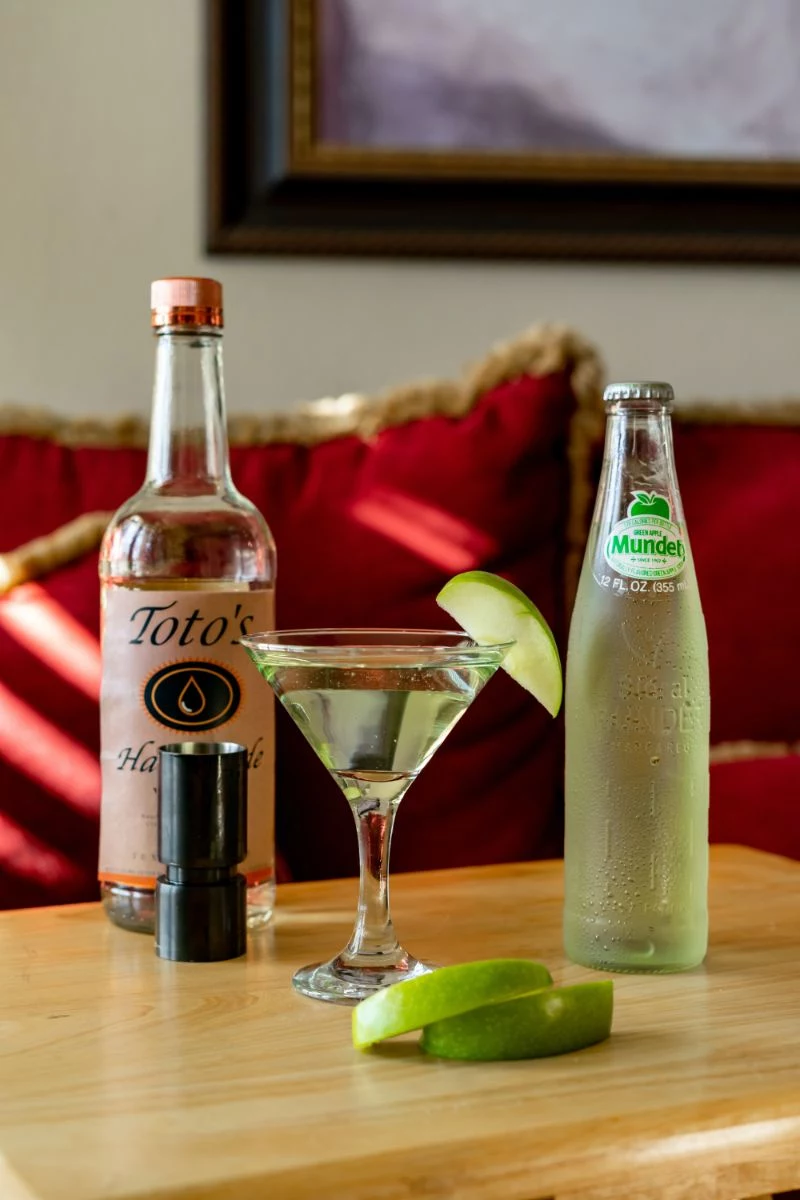
Shaken or stirred? It’s not just a line for James Bond.
The rule of thumb is simple: shake cocktails that contain non-spirit ingredients like fruit juice, cream, or egg whites. The vigorous motion chills, dilutes, and, most importantly, aerates the mix, giving it a lighter, frothier texture. For drinks that are all spirits, like a Vodka Martini or a Vesper, you stir. Stirring provides chilling and dilution with minimal aeration, resulting in a silky, clear, and spirit-forward drink.
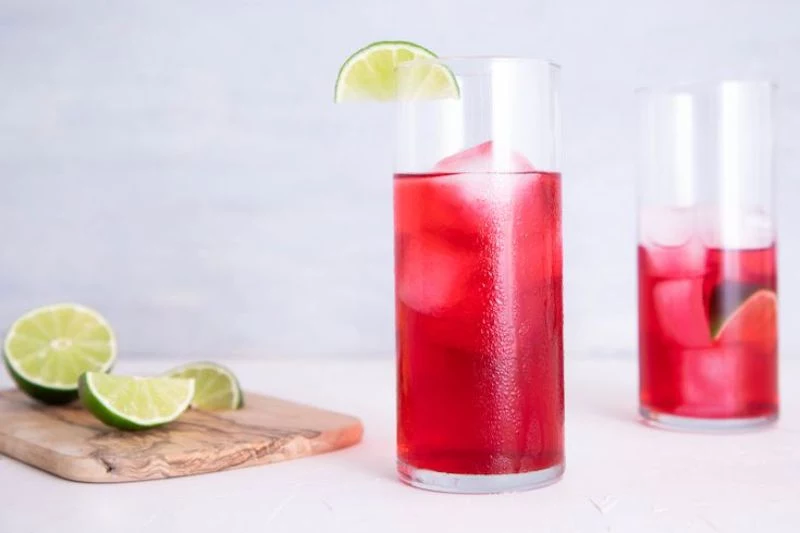
The copper mug wasn’t just for show. When the Moscow Mule was invented in the 1940s, the copper was believed to enhance the experience by making the drink feel colder and amplifying the fizziness of the ginger beer.
While the science is debated, the tradition endures. Serving a Mule in a proper copper mug, like those from a brand like Absolut Elyx or Sertodo Copper, instantly elevates the drink from a simple highball to an iconic experience. The metal frosts over beautifully, signaling a perfectly chilled, refreshing cocktail inside.
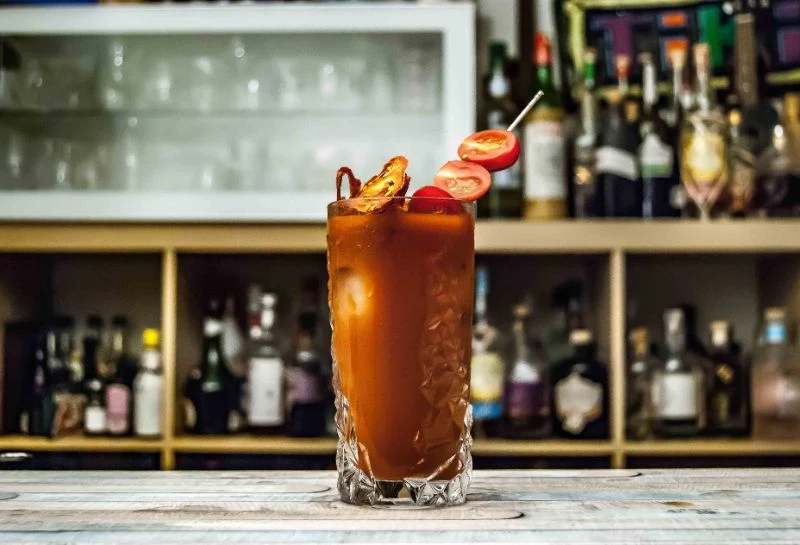
Wheat Vodka: Often described as smooth and soft with a hint of sweetness and a clean finish. Think of brands like Grey Goose or Absolut. It’s an excellent choice for a crisp Martini.
Potato Vodka: Tends to be creamier, with a fuller body and a more noticeable earthy flavor profile. Chopin is the classic example. Its richer texture is fantastic in a Black Russian or on its own, chilled.
The choice subtly changes the character of your final drink.
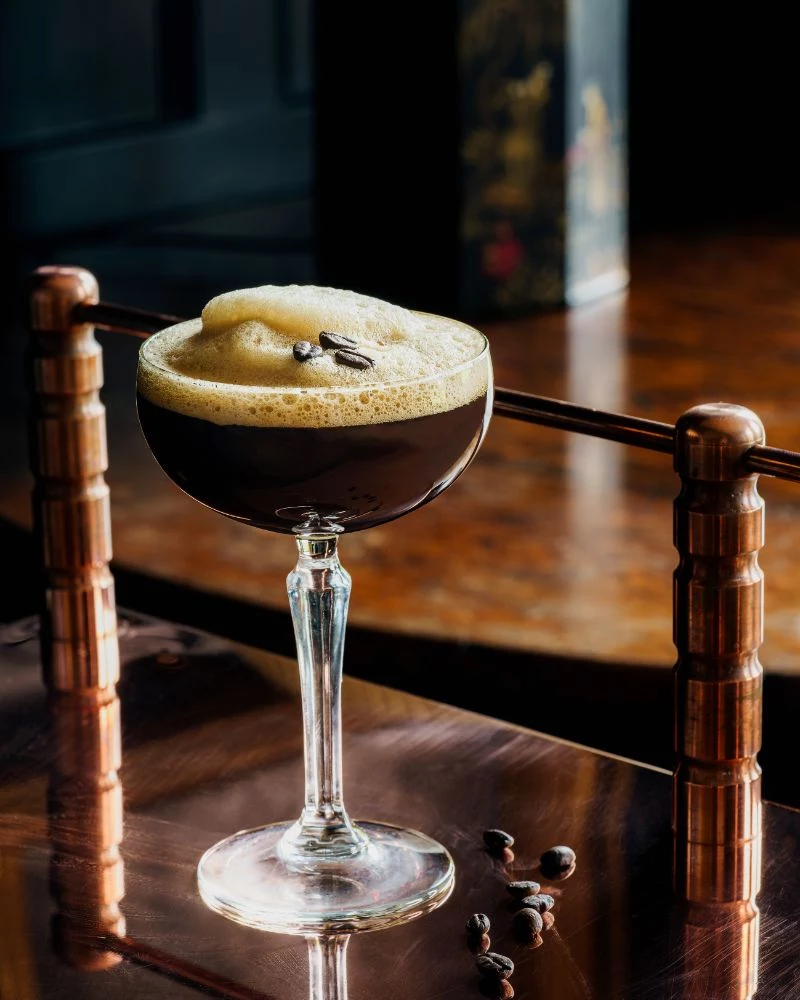
Ready to move beyond basic mixing? A few key tools will drastically improve your consistency and the quality of your drinks.
- A Jigger: Precision is everything. A Japanese-style jigger with multiple measurement lines allows you to pour accurately every time, ensuring a balanced cocktail.
- A Fine-Mesh Strainer: For shaken drinks, pouring through a small, fine-mesh strainer (in addition to your shaker’s built-in strainer) catches tiny ice shards and citrus pulp, resulting in a silky-smooth texture.
- A Channel Knife: This simple tool carves perfect, long citrus twists for garnishing. It’s the secret to that professional-looking, fragrant garnish.
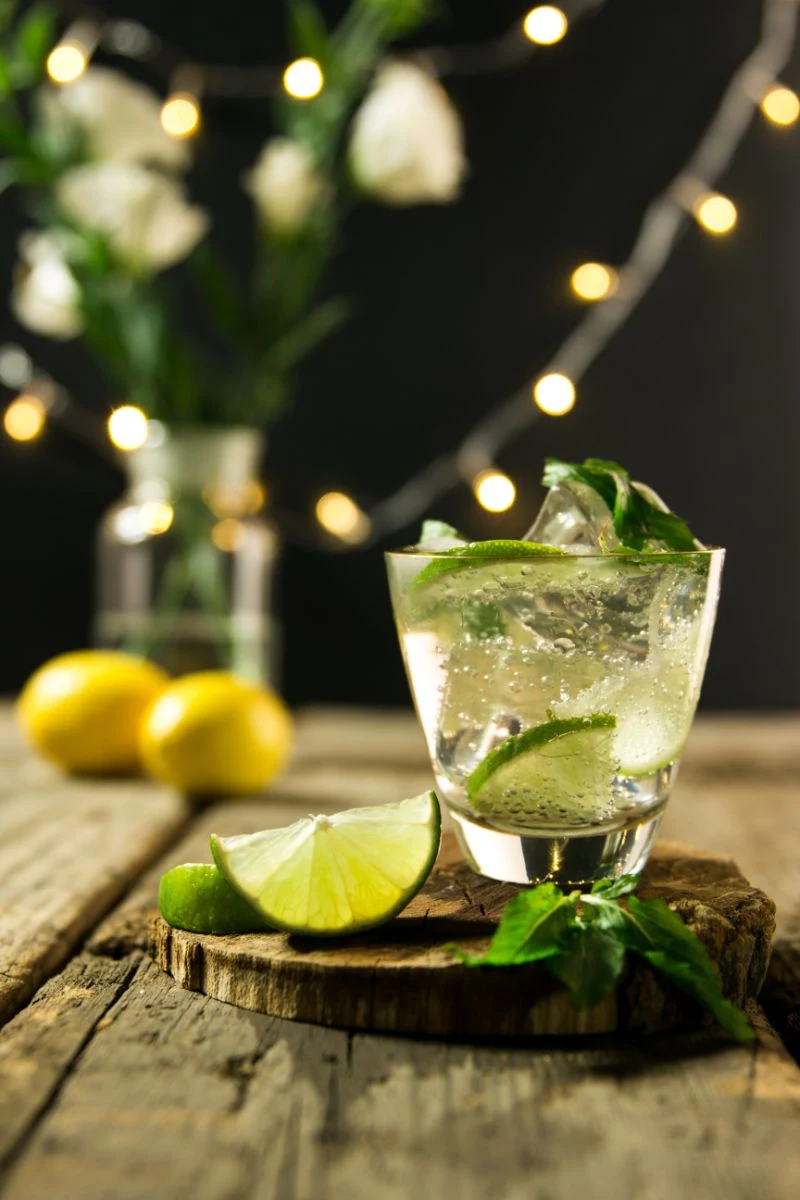
The Garnish is an Ingredient: Don’t just drop a lime wedge in your glass. When you twist a fresh citrus peel over your drink, you’re releasing its essential oils. These aromatic oils float on the surface, hitting your nose before you even take a sip and dramatically enhancing the flavor. This small step is what separates a good Vodka & Tonic from a great one.
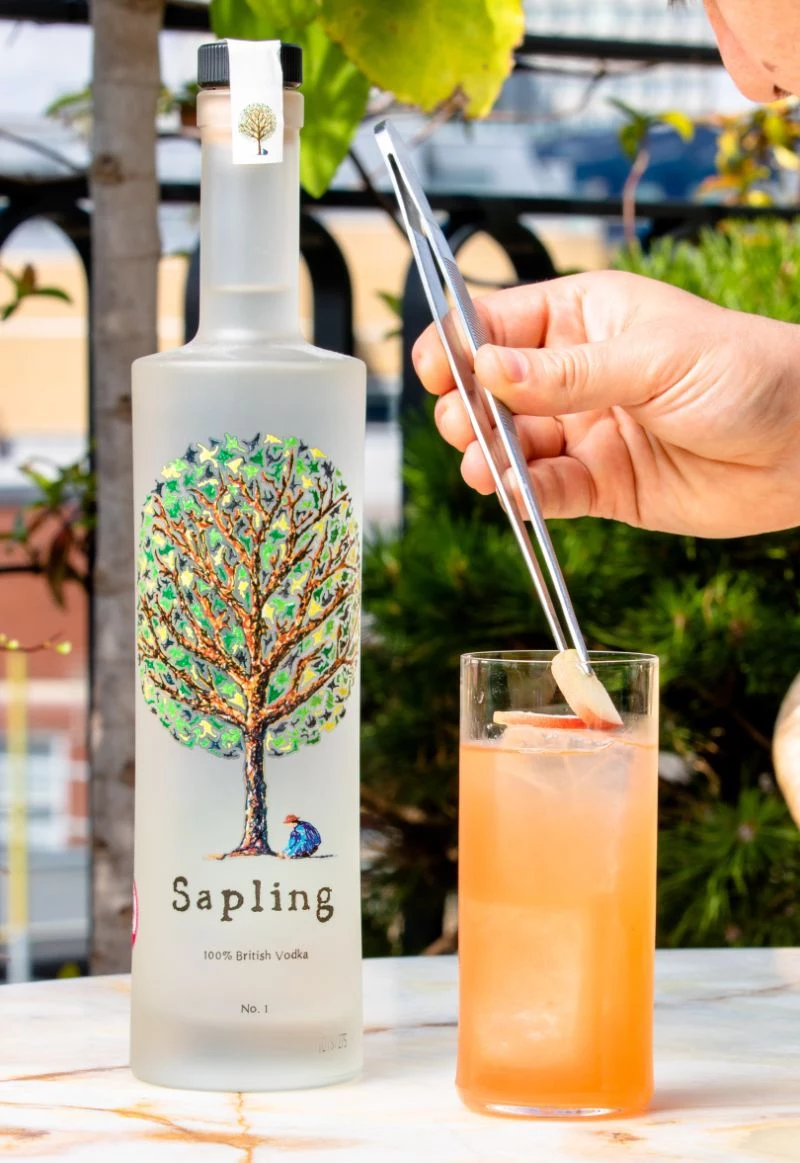
- A brighter, more complex flavor profile.
- A smoother, less-watery texture.
- No artificial aftertaste from preservatives.
The secret? Squeezing your citrus just before you mix. The vibrant essential oils in fresh lime or lemon juice degrade quickly. Using a simple hand-press juicer is one of the biggest upgrades you can make to your home bar.
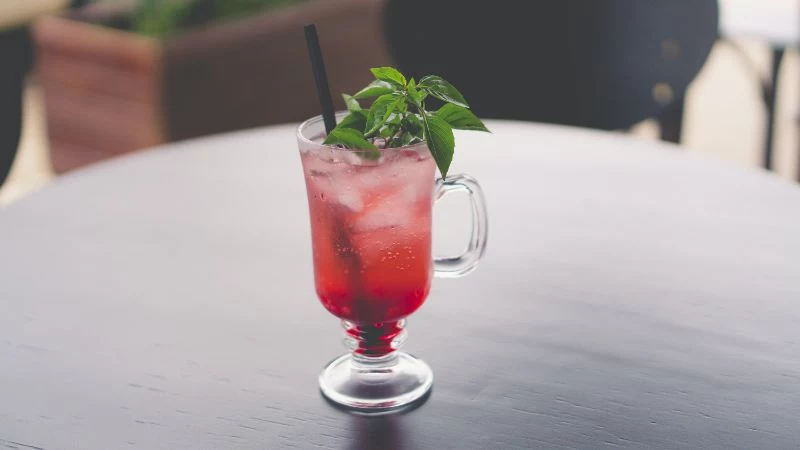
Vodka’s neutrality makes it the perfect canvas for your own creations. Making an infusion is surprisingly easy. Simply combine a mid-range vodka like Stolichnaya or Tito’s in a clean glass jar with your chosen flavorings. Let it sit in a cool, dark place for 3-5 days, tasting daily. Try a spicy version with sliced jalapeños for a Bloody Mary, or a more herbal one with rosemary and grapefruit peel for a sophisticated tonic.
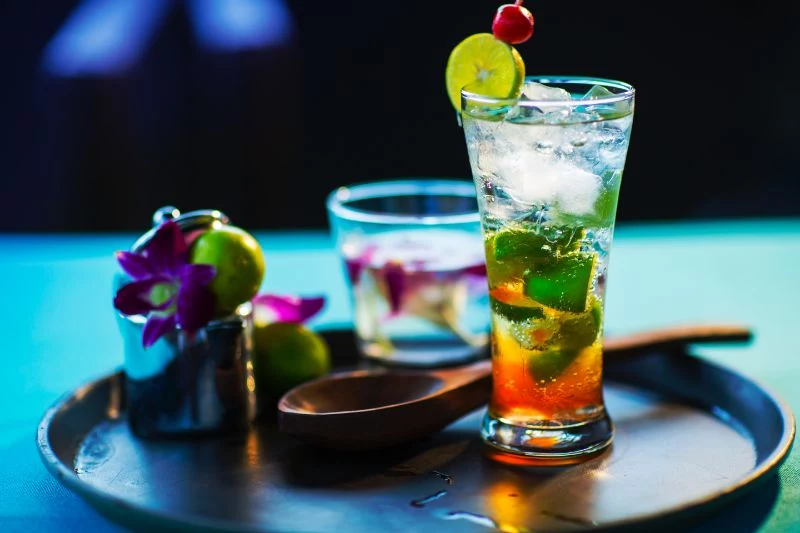
Did you know that an open bottle of dry vermouth only stays fresh for about a month, and it must be refrigerated?
Many home bartenders make the mistake of storing it in a liquor cabinet. Vermouth is a fortified wine, and once opened, it oxidizes just like a bottle of white wine. Using old, oxidized vermouth is the quickest way to ruin a Vodka Martini, lending it a dull, sour flavor.
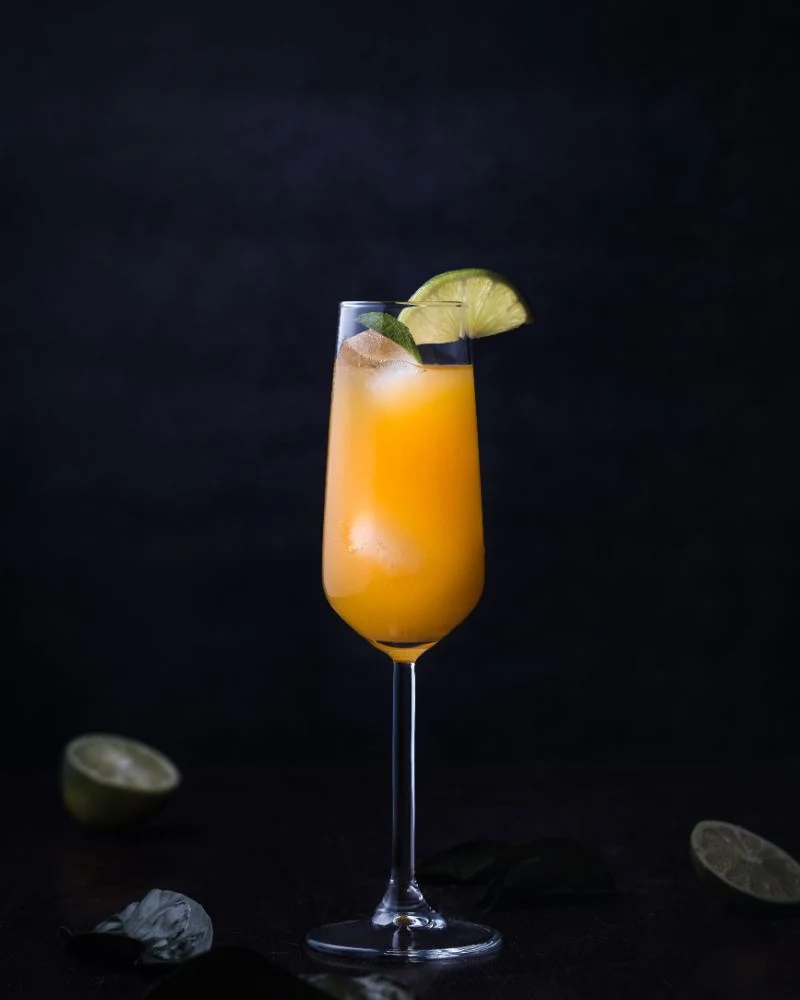
Elevate the simple Vodka Soda or Tonic beyond the basics. Think of it as a blank slate for flavor.
- Upgrade your bubbles: A quality tonic water, like Fever-Tree’s Mediterranean Tonic, or a flavored sparkling water can completely change the drink.
- Introduce an herb: Muddle a few fresh basil leaves or a sprig of thyme at the bottom of the glass before adding ice.
- Rethink your citrus: A long, fragrant grapefruit peel offers a different aromatic experience than the standard lime wedge.
The next wave in vodka cocktails is savory. Bartenders are moving beyond sweet and fruity profiles to create more complex, food-friendly drinks. Think beyond the Dirty Martini’s olive brine and explore dill-infused vodka for a Scandinavian-inspired sipper, or a clarified Bloody Mary using fresh tomato water for a surprisingly light and elegant twist on the classic.










